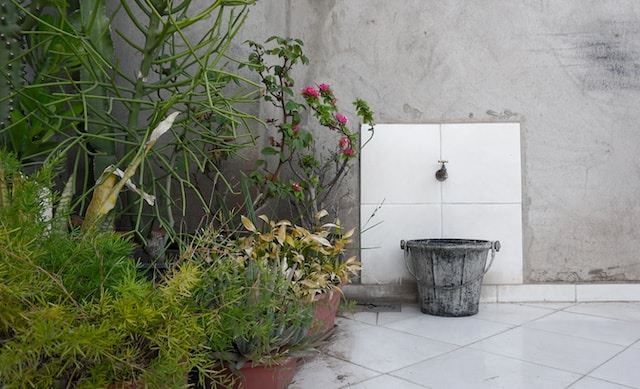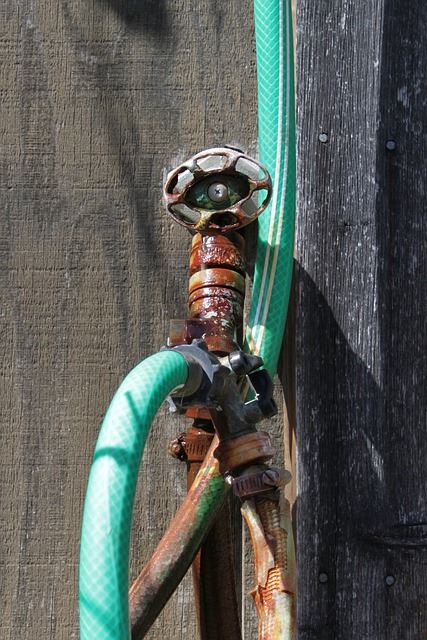As summer arrives, so does the unwelcome presence of mosquitoes, eager to spoil our outdoor endeavors. Behind this buzzing annoyance lies mosquito eggs—an essential piece of the puzzle regarding mosquito control.
Understanding the secrets of mosquito eggs is the first step in tackling the persistent buzzing and potential health risks these insects bring. In this blog, learn more about mosquito eggs, from their appearance and favored breeding sites to their role in expanding mosquito populations.
Locating Mosquito Eggs
Mosquito eggs come in various shapes and sizes, depending on the mosquito species. They are tiny, elongated, and often have a length of around 0.5 to 1.5 millimeters. Here are some other key characteristics that may help identify these eggs.
Color: Mosquito eggs can vary in color, but they are often white, translucent, or black. Some species may lay more pigmented eggs or have a dark spot at one end.
Location: Female mosquitoes typically lay eggs in stagnant or slow-moving water sources. These can include ponds, ditches, marshes, rainwater collection containers, birdbaths, discarded tires, and other containers or areas with standing water. The site varies among species, but the presence of water is a common requirement.
Arrangement: Mosquito eggs are usually laid in clusters, known as rafts. The eggs are glued together, forming a floating structure on the water’s surface. The number of eggs in a raft can range from a few dozen to several hundred, depending on the mosquito species.
Hatching: After being laid, mosquito eggs go through a development process in the water. They must remain in the aquatic environment to hatch and develop into larvae. The time it takes for mosquito eggs to hatch varies depending on temperature and mosquito species.
Identifying mosquito eggs can be challenging due to their small size and the fact that they are often found in water sources that may not be immediately visible. However, if you suspect the presence of mosquito eggs, you can look for the following signs:

- Look for standing water: Since mosquitoes lay their eggs in water, inspect your surroundings for any areas with stagnant or slow-moving water. This could be anything from small containers to larger bodies of water.
- Observe the water surface: Carefully inspect the water’s surface for any small, clustered, oval-shaped structures. These could be mosquito egg rafts.
- Use a magnifying glass: If you have a magnifying glass or a smartphone with a macro lens, it can help you see the tiny mosquito eggs more clearly.
- Seek professional help: Contact a pest control agency like us at Precision Pest & Home Services. We can inspect your area and offer guidance on mosquito prevention and control measures.
Remember that mosquitoes can carry diseases, so it’s essential to take appropriate measures to prevent their breeding and protect yourself from mosquito bites, especially in regions with prevalent mosquito-borne illnesses.
Eliminating Mosquitoes and Mosquito Eggs
Eliminating and preventing mosquito infestations requires a multi-faceted approach. Here are some effective strategies to help you keep these pests at bay and minimize their ability to lay eggs:

- Remove Standing Water: The key to disrupting the mosquito breeding cycle is eliminating or reducing potential breeding sites. Regularly inspect your surroundings for areas holding stagnant water. Empty, clean, or cover these items to prevent water accumulation.
- Maintain Swimming Pools: If you have a swimming pool, keep it properly maintained and chlorinated. Mosquitoes can lay eggs in pools with stagnant water, so ensure the pool water circulates regularly and is adequately treated.
- Keep Gutters Tidy: Clogged gutters can hold water, providing a perfect breeding ground for mosquitoes. Regularly clean your gutters to prevent water from pooling.
- Fix Leaks: Repair any leaks around your home that could lead to water accumulation, such as leaky faucets, outdoor pipes, or air conditioning units.
- Utilize Mosquito Repellents: Apply mosquito repellents containing DEET, picaridin, or eucalyptus outdoors, especially during peak mosquito activity hours, typically at dawn and dusk.
- Install Window and Door Screens: Make sure all doors and windows have screens in good condition, with no holes or tears. This will prevent mosquitoes from entering your living spaces.
- Wear Appropriate Clothing: When spending time outdoors in mosquito-prone areas, wear long-sleeved shirts, long pants, and light-colored clothing to reduce mosquito attraction.
- Use Fans: Mosquitoes are weak fliers, so blowing fans at outdoor gatherings or in your living spaces can create airflow that deters them.
- Consider Mosquito Traps: Some mosquito traps use attractants to lure and capture adult mosquitoes, helping to reduce their population around your property.
By combining these preventive measures, you can create an environment less hospitable to mosquitoes and make your surroundings more enjoyable and safer for everyone.
If you’re still struggling with mosquitoes and their breeding grounds, consider contacting the reputable technicians here at Precision Pest & Home Services! Servicing locations around Charleston, Precision is your go-to pest control expert in South Carolina!
Contact us today to get rid of pesky mosquito eggs and keep these pests from popping up and ruining your outdoor fun!
The post Mosquito Eggs: 8 Tips for Identification appeared first on Precision Pest & Home Services | Pest Control Experts in Greater Charleston, SC.

